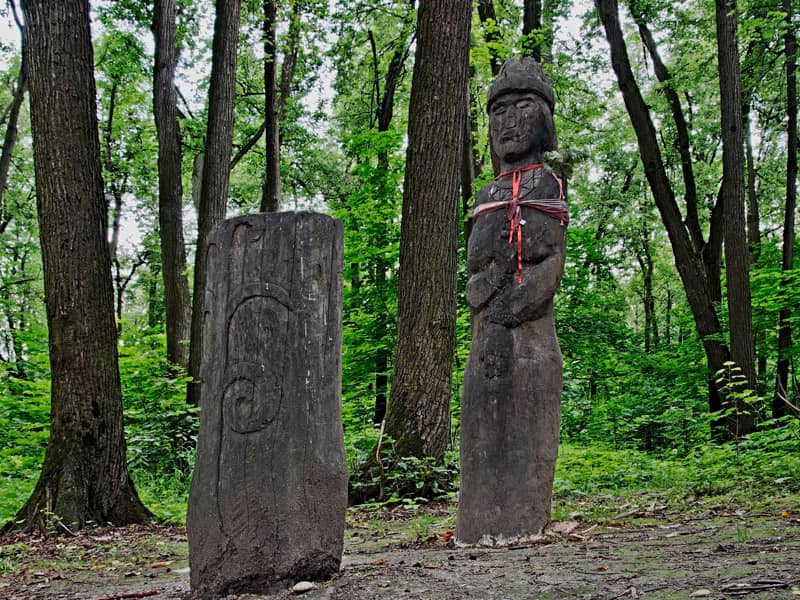Official Stance on Divorce: At the handfasting, the couple pledges to remain together "as long as love shall last." According to Elyse Tera, an expert in Wiccan ritual, this approach "gives people the opportunity to end a relationship without violating any vows." Wicca offers an elaborate divorce ritual, she says, "because it is a modern religion, and thus reflects the culture of our times, where divorce is almost as prevalent as marriage."
Another result of this open-ended approach is that with less recrimination upon divorce, partners are more likely to continue their friendship beyond divorce. Couples often even consider continuing to live together as long as they're raising the children of their relationship.
When? At any time, before or after the civil divorce, if there was a civil marriage in the first place. "In some Wiccan organizations," Tera says, "a priest or priestess can legally marry a heterosexual couple, but usually, if a couple wants a legal contract, they must have a civil wedding as well." Handfasting can take place without involving civil law, in which case the handparting won't either.
Who Participates? Officiant(s) (priest and/or priestess or another coven leader), close friends and family, and usually both partners. Depending on the amicability of the couple, their children can be involved as well, but this depends the level of emotional expression that will be included: Song or dance may be appropriate for children; keening or wailing may be upsetting to them.
Where? An altar is set up as usual in the home of the officiant or anywhere the couple feels comfortable. It can be draped with colors appropriate to the theme (black or cobalt blue for wisdom, red for healing), or with some other cloth that has meaning for the participants. The cords from the couple's handfasting should be present if these are available, as well as the shards of their betrothal chalice.
The actual ceremony can vary greatly according to local community custom and the desire of the participants. The ritual the couple chooses is incorporated with the basic framework of a typical Wiccan service.
The service begins by welcoming participants through prayer or in another way (song, dance, or visual media may be used). The officiant "casts the circle" (creating sacred space enclosing the participants) and invokes the four compass directions. These may be given special symbolic meanings tied in with the theme of handparting (for example, "the East as Wisdom, the South as Decision, the West as Clarity of Emotion, the North as Firmness"). Finally, "watchers and deities"--gods, goddesses, nature and/or ancestors--are called upon to join the gathering.
The officiant now asks for confirmation from both parties of their intention: "You had been joined for as long as love should last. Has the time come that love is ended?" (Another ritual suggests, "Do you seek the parting of your hands that you may both live apart and yet remain as friends?")
There may be a few words after this from the officiant, or the spouses may speak about lessons they've learned from their marriage and take the opportunity to thank one another for these lessons. The goal here is that they part respectfully, in peace. The officiant then cuts the handfasting cords with his or her athame (ritual knife); the cords are usually burned at this point. The spouses walk to opposite sides of the circle, where they are both joined by their respective friends.
Before participants are dismissed, they may share a meal together, though some observe a handparting with a less rich feast than usual. Cold water and soda crackers might be appropriate, for example, rather than cakes and wine. Those gathered may be asked to socialize less than usual, as a sign of mourning. After this brief period, the circle is opened, symbolizing a return to ordinary time and space.
In another type of handparting ritual, the marriage is symbolically dissolved by scattering the pieces of their betrothal chalice into flowing water, washing away the bonds of commitment and freeing the couple to enter into new relationships with others.
Word to the Wise: The Wiccan ceremony is meant to reflect the modern attitude that love is the defining aspect of marriage. According to Tera, this mirrors the prevailing attitude towards divorce in popular culture: "In older cultures, divorce was a lot less prominent, and marriage was more a legal property rights contract rather than based on love of the participants." In the Wiccan concept, when love ceases, a marriage can be dissolved without guilt or regrets.

